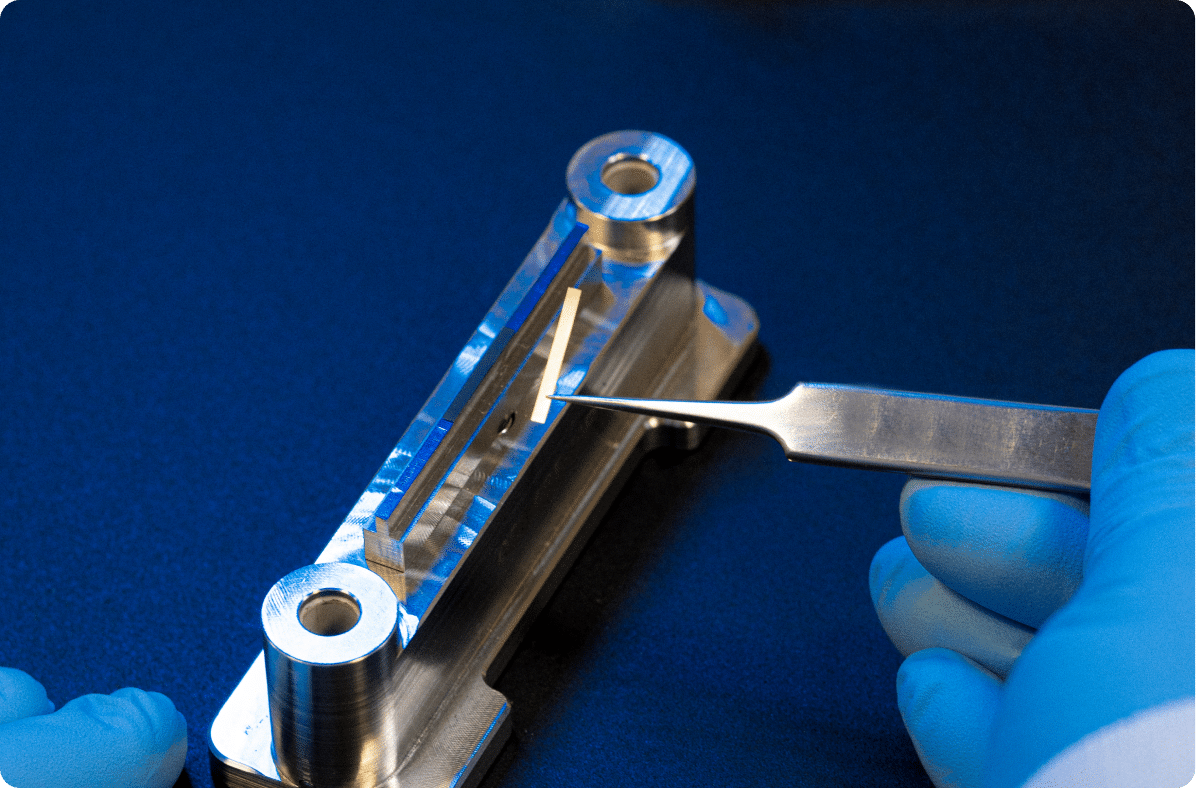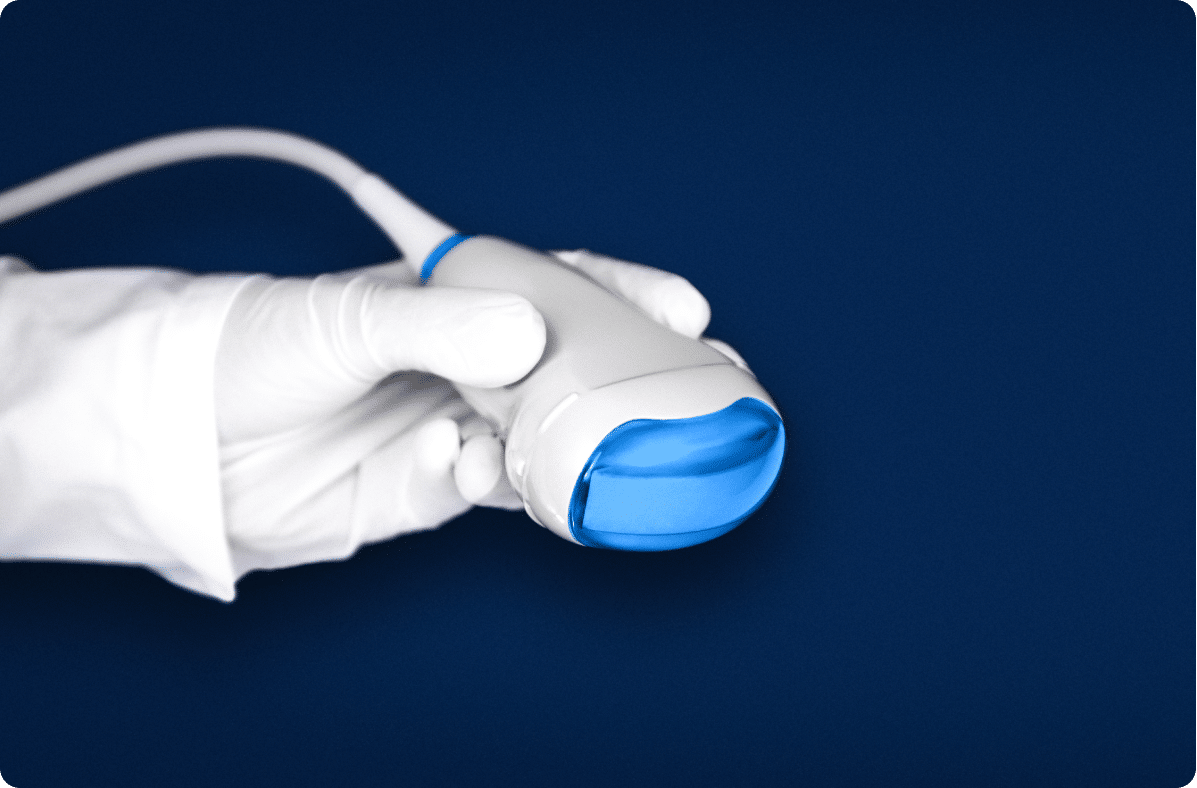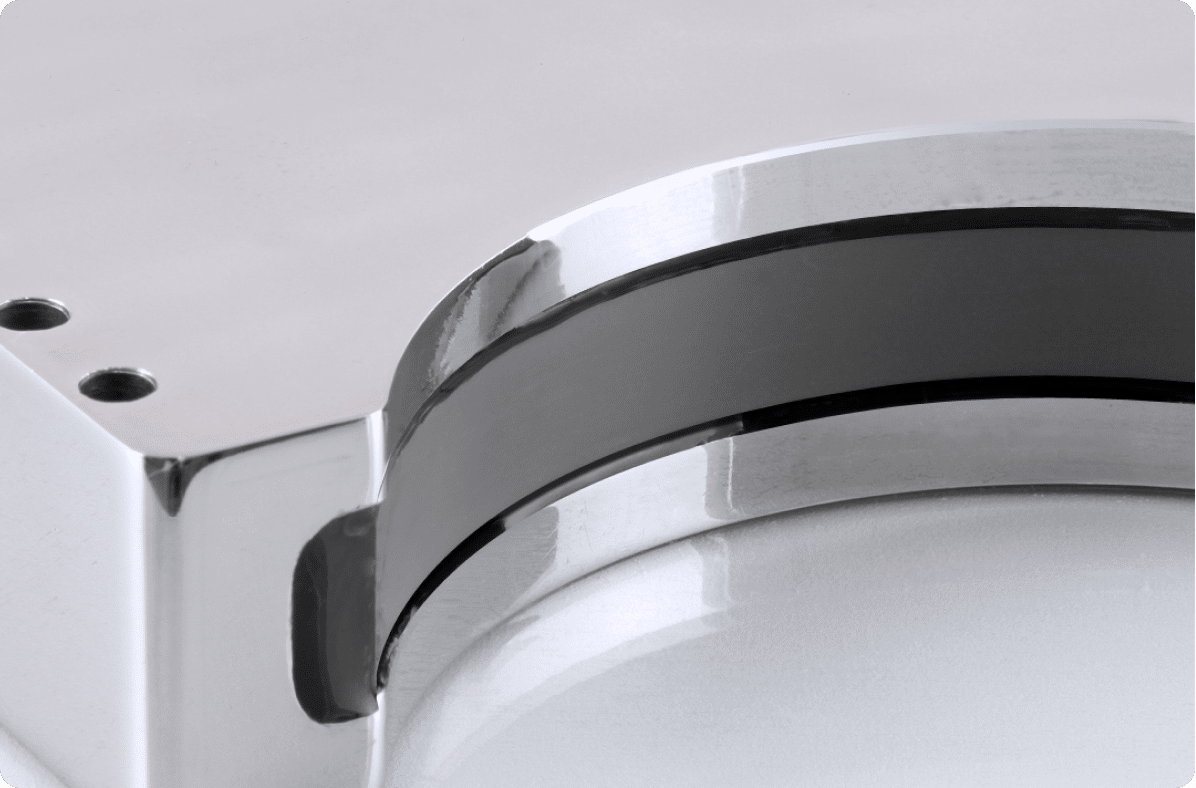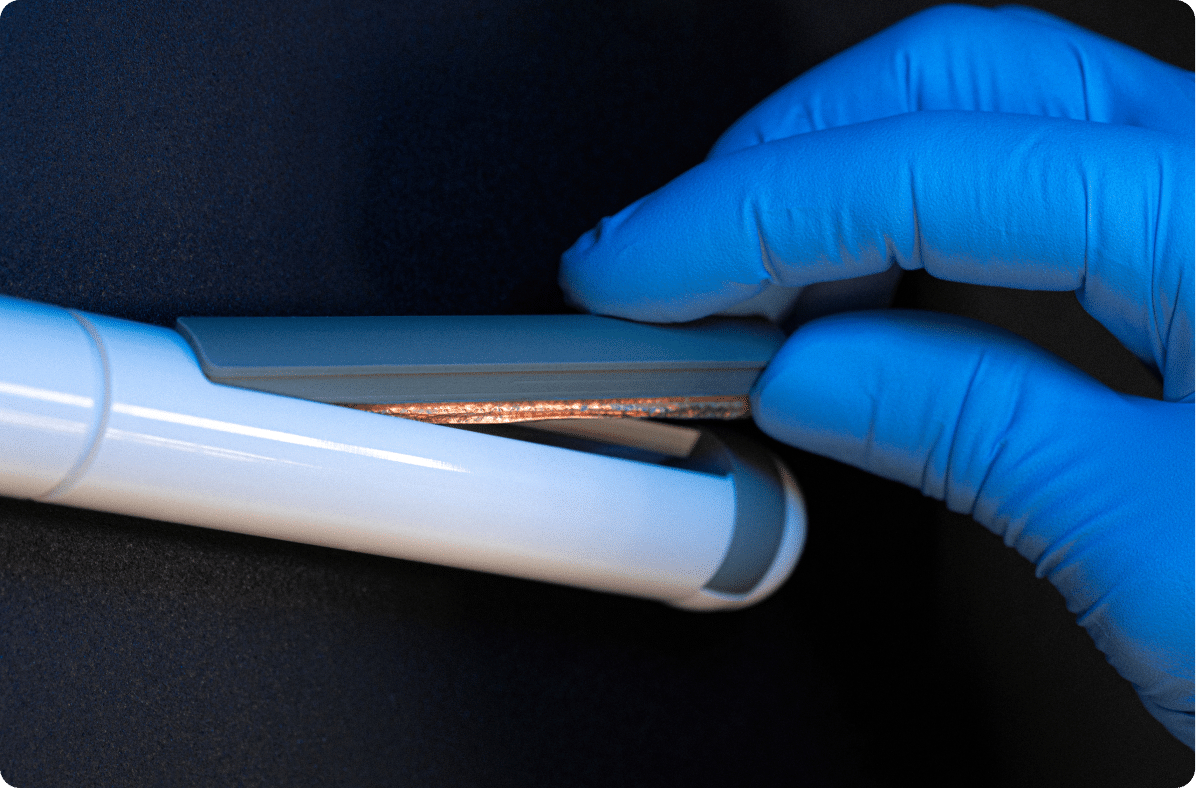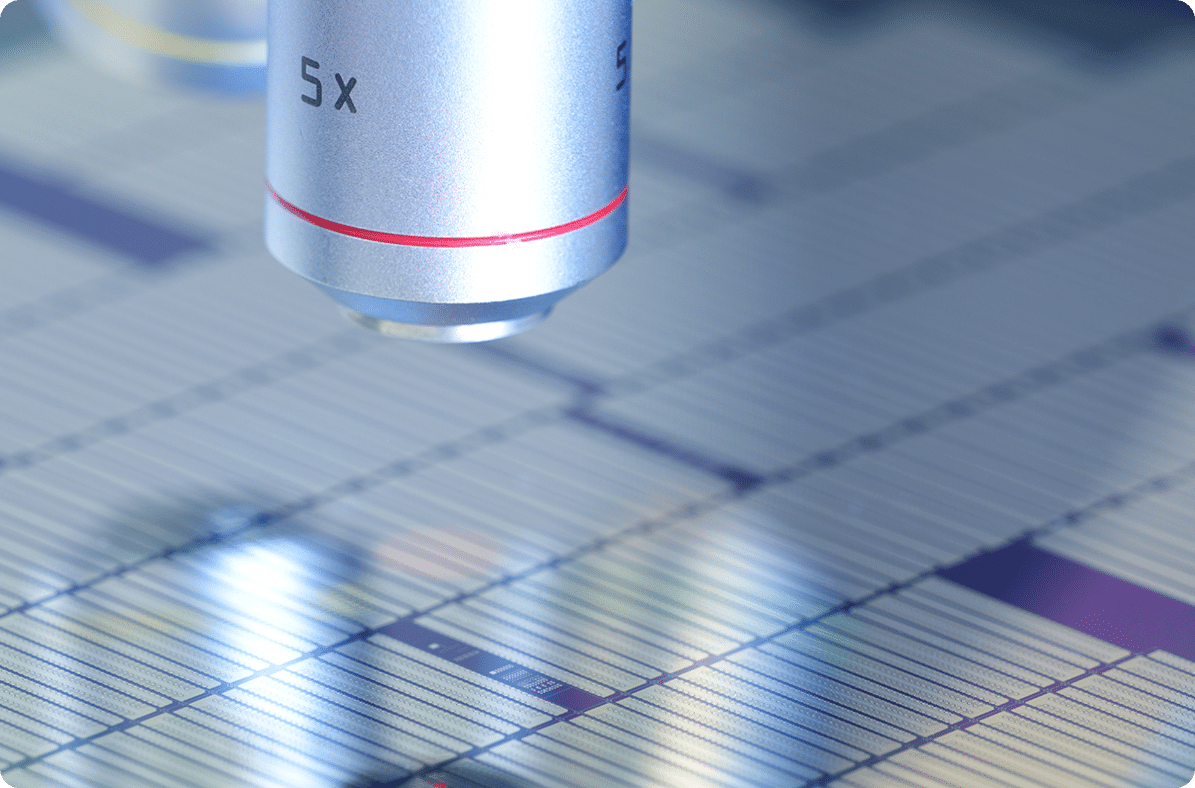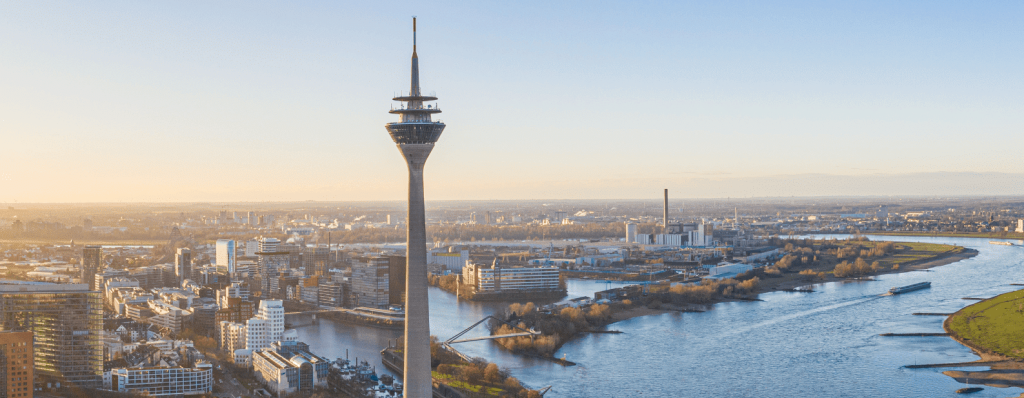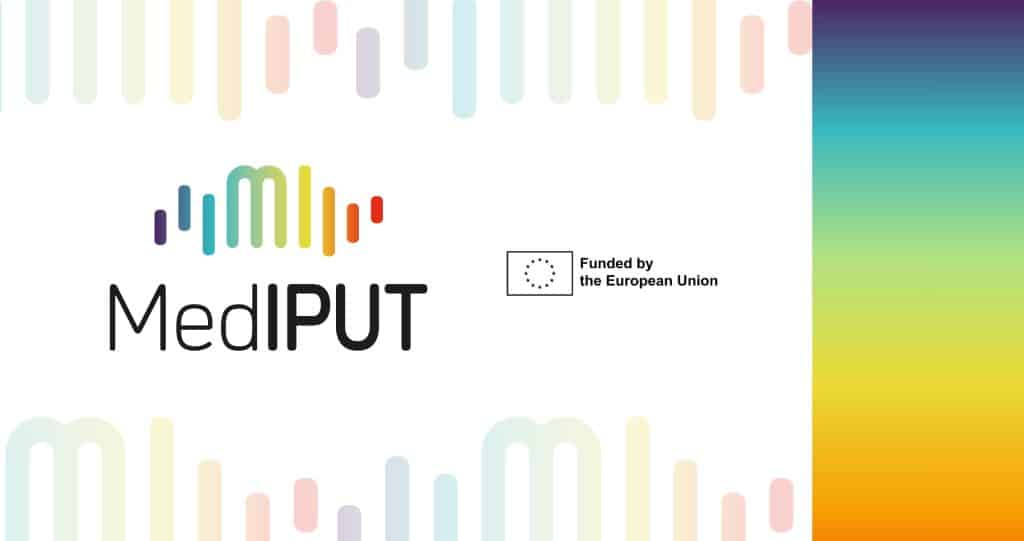Vermon at IEEE IUS 2025 !
From September 15th to 18th, 2025, Vermon is proud to participate as a Platinum Sponsor at the IEEE International Ultrasonics Symposium (IUS) 2025 in Utrecht, Netherlands.
Where to find us ?
Visit us at booth #9 to discover Vermon’s ultrasound transducers for medical imaging and research.
Engage with our team
As a Platinum sponsor, Vermon reaffirms its commitment to innovation in ultrasound transducer technology. Our experts will be available to discuss how our medical imaging probes and research-oriented solutions can support new breakthroughs in diagnostics, treatment and academic exploration.
This year, in addition to showcasing our products and innovations at our booth, our team will deliver several outstanding presentations on our latest R&D efforts and product developments.
Tony Mateo: Senior Ultrasound Engineer, will present in the session “Vibration Sources Session”: Quantitative Passive Elastography with Portable Digital Ultrasonic Probe (DKPOC LA6).
Abstract: This work presents a novel quantitative passive elastography technique using standard frame-rate ultrasound. Inspired by seismic-noise correlation and time reversal, passive quantitative shear-wave (SW) tomography of soft tissues has been demonstrated to be translatable to medical imaging for more than a decade. Free from the need for controlled SW sources, this passive elastography is based on Green’s function retrieval and takes advantage of the permanent physiological noise of the human body. However, applications were relying on ultrafast imaging to extract SW speed (SWS), restricted to research ultrasound scanners, or, limited to qualitative elastography with SW wavelength mapping when using conventional US scanners with limited frame rate. This work demonstrates that a quantitative SWS map can be determined from usual frame rate B-mode images using a research handheld ultrasound device through both in vitro and in vivo experiments. Results are compared with passive elastography performed on an high-framerate ultrasound scanner, demonstrating for the first time, accurate quantitative elastography achievable with widely available ultrasound system, potentially enabling broader clinical applications up to the point-of-care.
Benjamin Guerif: PhD, Product Development Manager, will present in the session “Advanced Technologies for Cancer Theranostics Session”: A 24fr Femoral Introducer Sheath Featured by an Advanced Forward-Looking Matrix Transducer for Enhanced 2D Imaging and 3D Guidance (INCAS).
Abstract: This work presents the design and fabrication of a 24 Fr ultrasound catheter sheath with >90° steering capability and forward-looking imaging for minimally invasive cardiac procedures. A 16 Fr lumen accommodates therapy catheters, while a 2D annular array provides real-time imaging: wide-view 3D for navigation & high-res 2D for precise monitoring. Acoustic simulations (Field II) optimized the array—256 trapezoidal elements (7.5 MHz) arranged in four rings—maintaining a 22.5 Fr OD. Fabrication involved a piezocomposite stack on a flexible PCB integrated into the sheath. In vitro testing using a therapy catheter & CIRS054 phantom demonstrated potential for both 3D guidance & high-resolution 2D imaging, meeting application requirements. This advanced sheath aims to improve cardiac surgery workflow, providing real-time insights without compromising precision, and will be validated in a porcine preclinical study.
Aubry Jacquenod: Ph.D Student, will present in the session “Flexible Transducers Session”: Development and Evaluation of CMUT-Based Curvilinear Flexible Transducer Array.
Abstract: This work presents a hybrid fabrication process for flexible CMUT-based curvilinear arrays, combining front-end wafer bonding with back-end packaging on a polyimide substrate. Starting from a developed CMUT fusion bonding process on SOI wafers, we introduce additional post-processing steps to enable flexibility at the element level. Electrical and acoustic characterizations show consistent performance before and after singulation. Impedance and C–V measurements reveal good agreement with simulations (f₀V_exp = 8 MHz vs. f₀V_sim = 9 MHz), with minimal deviation in collapse voltages. Resonance analysis highlights distinct vibration modes and identifies parasitic effects due to boundary conditions. Hydrophone tests on the flexible device demonstrate a center frequency of 3.5 MHz, –3 dB bandwidth of 80%, and peak pressure of 80 kPa at 60 Vpp, validating the initial specifications.
Florian Nowicki: Electronic Engineer, will present in the session “Beamforming for Artifact Reduction Session”: Reduced Rank Capon Beamforming for High Resolution Ultrasound Imaging.
Abstract: Reduced Rank Capon (RRC) beamforming is introduced to improve ultrasound imaging resolution while reducing computational burden compared to Capon Beamforming (CB). RRC projects data into a lower-dimensional subspace, estimating singular vectors and the inverse covariance matrix without full matrix inversion. Tested on a Sono403 phantom with a 64-element phased array, RRC achieved 1.5 times better lateral resolution than Delay-And-Sum (DAS) and was 5 times faster than CB, making it suitable for resource-limited systems.
Clara Borges: R&D Engineer in Instrumentation and Advanced Methods for NDT, Framatome, will present results from collaboration with Vermon in the session “Transducers: NDE & Industrial II”: A Lightweight and Compact Active Ultrasonic Transducer Array for NDT (DKPOC NDT).
Abstract: This work introduces an innovative Active Phased Array Ultrasonic Testing (APAUT) system — a compact (15 × 5 × 2 cm) and lightweight solution with embedded electronics— for Non-Destructive Testing (NDT) applications. Driven by a single USB-C connection and featuring a 2.25MHz NDT array, 128 transmitters, 64 receivers along with a real-time beamformer compatible with high-speed longitudinal and transverse waves typically found in NDT steel, the APAUT supports both conventional (A/B/S-scans) and advanced (TFM, PCI,…) imaging techniques enabled from Full Matrix Capture (FMC) and Plane Wave Incidence (PWI) captures. Performance of the APAUT in elementary A-Scans, S-Scans and FMC/TFM is evaluated on different steel mockups with simulated flaws (side-drilled holes, notches). Results demonstrated successful flaw detection at depths up to 90 mm, including diffraction from notches. Additionally, comparison with a conventional multichannel system using 1 meter coaxial cables plugged to the same acoustic array showed a 6 dB SNR improvement in favor of the APAUT on TFM image from SDH. Performances revealed in this work combined with the compactness, low power consumption, and digital communication of the APAUT show significant potential for portable NDT applications, including robotic and drone-based inspections for industrial environments such as nuclear inspection.
For more details, don’t hesitate to visit the IEEE IUS website : https://2025.ieee-ius.org/
